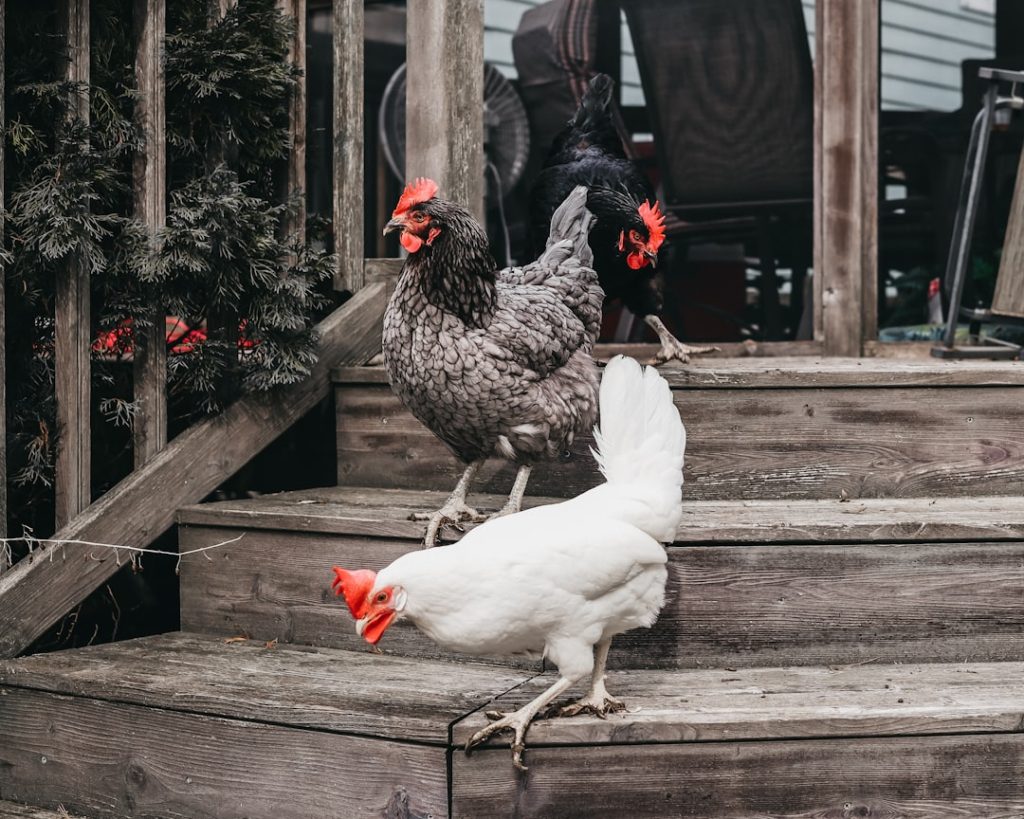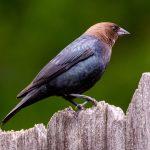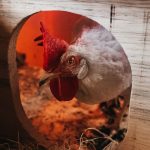Identifying and understanding local hawk species is crucial for protecting chickens. Different hawk species exhibit varied hunting behaviors and prey preferences, necessitating tailored defense strategies. In North America, the red-tailed hawk is a common raptor known for its exceptional vision and powerful talons, posing a significant threat to small animals like chickens.
The Cooper’s hawk is another frequent poultry predator, recognized for its agility and speed in capturing prey. Familiarity with these hawks’ characteristics and behaviors enables better preparation for potential attacks and implementation of proactive protective measures. Understanding hawk hunting patterns and preferred hunting grounds is equally important.
Hawks typically employ soaring and diving techniques, often targeting open areas for easy prey spotting and pursuit. Observing their flight patterns and nesting locations provides insights into vulnerable areas of a property. This information can guide efforts to fortify these areas and implement effective deterrents.
A comprehensive understanding of local hawk species and their hunting behaviors allows for the development of a targeted approach to chicken protection.
Table of Contents
- 1 Fortifying your coop: Building a secure enclosure for your chickens
- 2 Deterrents and scare tactics: Using visual and auditory methods to keep hawks at bay
- 3 Companion animals: Introducing guard animals to protect your chickens
- 4 Strategic landscaping: Using plants and structures to create safe spaces for your chickens
- 5 Supervision and monitoring: Keeping a watchful eye on your chickens during vulnerable times
- 6 Seeking professional help: Consulting with wildlife experts for long-term solutions
- 7 FAQs
- 7.1 What are some effective methods for keeping hawks away from chickens?
- 7.2 What are some natural deterrents for hawks?
- 7.3 Are there any specific breeds of chickens that are more resistant to hawk attacks?
- 7.4 What should I do if I spot a hawk near my chicken coop?
- 7.5 Are there any legal methods for deterring hawks from attacking chickens?
Key Takeaways
- Differentiate between the types of hawks in your area to understand the specific threats to your chickens
- Construct a secure coop with strong fencing and a covered top to protect your chickens from hawk attacks
- Utilize visual deterrents such as shiny objects and scarecrows, as well as auditory methods like noise makers, to deter hawks from targeting your chickens
- Introduce guard animals like dogs or geese to help protect your chickens from hawk attacks
- Use strategic landscaping with dense shrubs and trees to create safe hiding spots for your chickens and make it harder for hawks to swoop in
- Keep a close eye on your chickens during vulnerable times such as dawn and dusk to ensure their safety
- Seek advice from wildlife experts to develop long-term solutions for protecting your chickens from hawk threats
Fortifying your coop: Building a secure enclosure for your chickens
Here is the rewritten text with 3-4 Protecting Your Chickens from Hawk Attacks
### Designing a Secure Coop
One of the most effective ways to protect your chickens from hawk attacks is to build a secure enclosure that provides them with a safe and protected environment. A well-constructed coop can serve as a fortress against aerial predators like hawks, offering your chickens a place to seek refuge when they sense danger. When designing and building your coop, it’s important to consider factors such as the size of your flock, the layout of your property, and the specific threats posed by hawks in your area.
### Building a Fortified Structure
Ensure that the coop is constructed with sturdy materials and features secure doors and windows to prevent unauthorized entry by hawks or other predators. Additionally, consider incorporating a covered outdoor run attached to the coop, providing your chickens with a protected space to roam and exercise while remaining shielded from potential aerial attacks.
### Implementing Additional Security Measures
In addition to the physical structure of the coop, it’s important to implement additional security measures to fortify the enclosure against hawk incursions. This may include installing wire mesh or netting over the top of the outdoor run to create a barrier against overhead threats. The mesh should be strong enough to withstand the impact of a diving hawk and prevent it from reaching the chickens below. Furthermore, consider reinforcing any weak points in the coop’s construction, such as gaps or openings that could provide access to hawks.
### Creating a Safe and Secure Environment
By taking a proactive approach to fortifying your coop, you can create a safe and secure environment for your chickens, minimizing the risk of hawk attacks and ensuring their well-being.
Deterrents and scare tactics: Using visual and auditory methods to keep hawks at bay
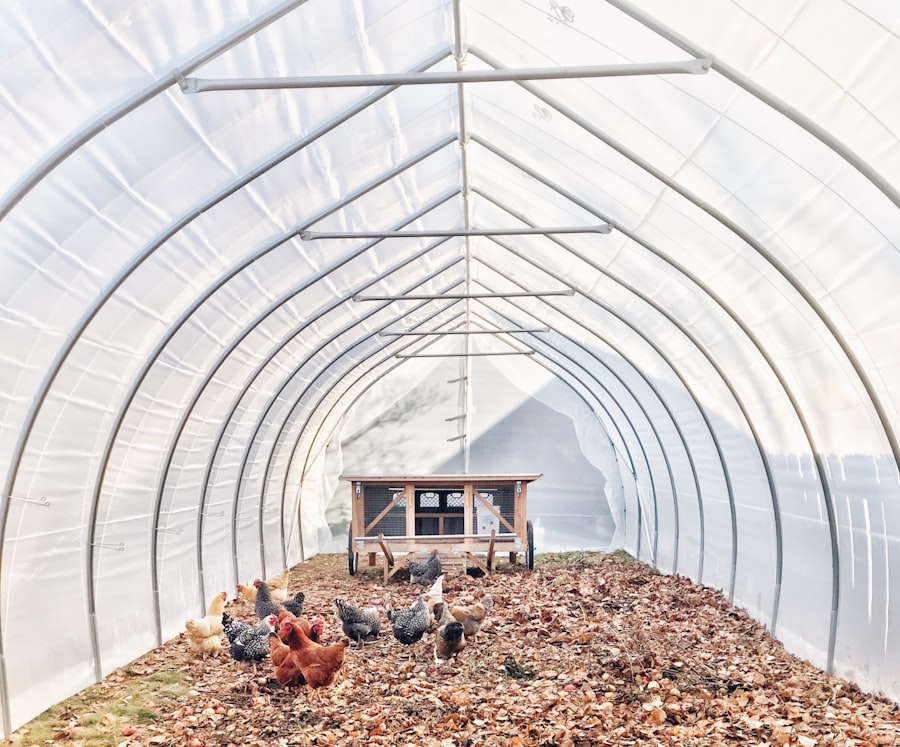
In addition to fortifying your coop, employing deterrents and scare tactics can be an effective way to discourage hawks from targeting your chickens. Visual deterrents such as reflective objects, predator decoys, and scarecrows can help create an environment that is unappealing to hawks, causing them to seek out easier prey elsewhere. Reflective tape or strips hung around the coop and outdoor run can create disorienting flashes of light that deter hawks from approaching.
Additionally, placing realistic predator decoys such as owls or larger raptor models in the vicinity of the coop can create the illusion of a threat, prompting hawks to avoid the area altogether. Scarecrows can also be effective in deterring hawks, especially if they are moved periodically to create the impression of an active presence. Auditory deterrents can also be used to repel hawks from your property.
Devices that emit distress calls of birds or prey animals can signal danger to hawks, causing them to reconsider targeting your chickens. Similarly, sound-emitting devices that produce loud noises or predator calls can startle hawks and discourage them from lingering in the vicinity. By combining visual and auditory deterrents, you can create an environment that is inhospitable to hawks, reducing the likelihood of attacks on your chickens.
It’s important to regularly rotate and vary these deterrents to prevent hawks from becoming accustomed to them, maximizing their effectiveness in deterring potential threats.
Companion animals: Introducing guard animals to protect your chickens
Introducing guard animals into your flock can provide an additional layer of protection against hawk attacks. Certain species of dogs, such as livestock guardian breeds like Great Pyrenees or Anatolian Shepherds, are known for their protective instincts and can serve as effective deterrents against aerial predators like hawks. These dogs are bred to protect livestock from predators and can form strong bonds with chickens, actively patrolling the area and warding off potential threats.
Their presence alone can dissuade hawks from approaching, as they perceive the risk of encountering a formidable adversary. In addition to dogs, other companion animals such as geese or guinea fowl can also help protect chickens from hawk attacks. Geese are known for their loud honking and aggressive behavior towards intruders, making them effective alarm systems and deterrents against aerial predators.
Their territorial nature and keen awareness of their surroundings make them valuable allies in safeguarding your flock. Similarly, guinea fowl are highly vigilant birds with loud calls that can alert chickens to potential threats and deter hawks from approaching. By introducing these companion animals into your flock, you can leverage their natural instincts and protective qualities to enhance the security of your chickens against hawk attacks.
Strategic landscaping: Using plants and structures to create safe spaces for your chickens
Strategic landscaping can play a crucial role in creating safe spaces for your chickens and minimizing the risk of hawk attacks. By strategically planting dense shrubs, bushes, and trees around the perimeter of your property, you can provide natural cover for your chickens, making it more difficult for hawks to spot and target them. Dense vegetation can create visual barriers that obstruct the line of sight for hawks, reducing their ability to identify potential prey within the protected areas.
Additionally, planting thorny or prickly bushes can further deter hawks from attempting to access these areas, as they prefer open spaces where they can easily spot and pursue their prey. Incorporating structures such as elevated perches or shelters within the chicken enclosure can also provide additional protection against hawk attacks. Elevated perches allow chickens to roost at higher vantage points where they can keep a lookout for potential threats from above.
These perches should be positioned within covered areas or under protective overhangs to minimize exposure to aerial predators like hawks. Similarly, providing shelters or hiding spots within the outdoor run gives chickens a place to seek refuge if they sense danger from overhead. By strategically designing the landscaping and structures within your property, you can create secure spaces that offer protection against hawk attacks while allowing your chickens to roam freely in a natural environment.
Supervision and monitoring: Keeping a watchful eye on your chickens during vulnerable times
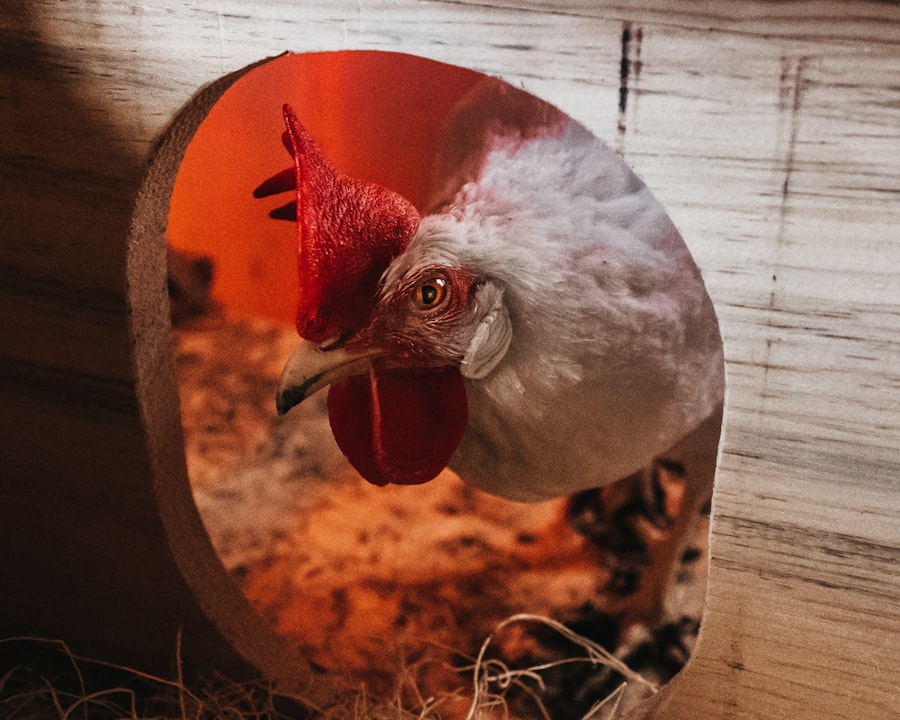
Peak Hawk Activity Hours
Hawks are known to be most active during dawn and dusk when they are hunting for prey, making these times particularly critical for keeping a watchful eye on your flock. During these periods, it’s essential to be present and attentive to any signs of potential danger, such as unusual behavior or distress calls from the chickens.
Active Observation and Intervention
By actively observing their behavior and surroundings, you can quickly intervene if a hawk is spotted or if the chickens show signs of distress. In addition to direct supervision, implementing surveillance measures such as security cameras or motion-activated lights around the chicken enclosure can provide continuous monitoring and early detection of potential threats from hawks.
Proactive Defense Strategies
Regularly reviewing footage from surveillance cameras can help identify patterns of hawk activity and inform adjustments to your defense strategies as needed. By staying vigilant and proactive in supervising and monitoring your chickens during vulnerable times, you can effectively safeguard them against potential hawk attacks.
Seeking professional help: Consulting with wildlife experts for long-term solutions
In some cases, dealing with persistent hawk predation may require seeking professional help from wildlife experts who specialize in bird control and predator management. These professionals have extensive knowledge and experience in dealing with raptor predation issues and can provide valuable insights and long-term solutions for protecting your chickens from hawks. They can conduct thorough assessments of your property and flock dynamics to identify specific vulnerabilities and develop customized strategies for mitigating hawk threats.
Wildlife experts may recommend advanced deterrent technologies such as laser devices or sound systems that emit predator calls at strategic intervals to deter hawks from targeting your chickens. They may also provide guidance on habitat modification techniques that create less favorable conditions for hawks while maintaining a suitable environment for your chickens. Additionally, wildlife experts can offer advice on legal considerations related to bird control and predator management, ensuring that any measures taken comply with local regulations and ethical standards.
Furthermore, wildlife experts may have access to resources such as bird abatement programs or falconry services that offer alternative methods for managing hawk populations in a humane and sustainable manner. By consulting with these professionals, you can gain access to specialized knowledge and resources that can help address hawk predation issues effectively while promoting coexistence between raptors and poultry. Ultimately, seeking professional help can lead to long-term solutions that protect your chickens from hawk attacks while preserving the natural balance of predator-prey relationships in your area.
In conclusion, protecting chickens from hawk attacks requires a comprehensive approach that encompasses understanding the threat posed by hawks in your area, fortifying coops with secure enclosures, implementing deterrents and scare tactics, introducing guard animals, strategically landscaping for safe spaces, maintaining supervision and monitoring during vulnerable times, and seeking professional help when needed. By combining these strategies with careful planning and proactive measures, you can create a safe and secure environment for your chickens while minimizing the risk of hawk predation. With a well-informed and proactive approach, you can effectively safeguard your flock against potential threats from hawks while promoting their well-being and safety.
If you’re looking for ways to keep hawks from getting your chickens, you may also be interested in learning about the importance of a well-designed chicken coop and nest box. Check out this article on chicken coop and nest box design to ensure your chickens have a safe and secure place to lay their eggs and roost at night.
FAQs
What are some effective methods for keeping hawks away from chickens?
Some effective methods for keeping hawks away from chickens include using netting or wire mesh to cover the chicken coop, installing scare devices such as reflective tape or predator decoys, and providing overhead cover for the chickens to hide under.
What are some natural deterrents for hawks?
Some natural deterrents for hawks include planting tall trees or shrubs around the chicken coop to provide cover for the chickens, and allowing the chickens to free-range in areas with dense vegetation where hawks may have difficulty hunting.
Are there any specific breeds of chickens that are more resistant to hawk attacks?
While no chicken breed is completely immune to hawk attacks, some larger and more aggressive breeds such as Rhode Island Reds or Plymouth Rocks may be more likely to defend themselves against hawks compared to smaller, more docile breeds.
What should I do if I spot a hawk near my chicken coop?
If you spot a hawk near your chicken coop, it’s important to take immediate action to protect your chickens. You can use scare tactics such as making loud noises or waving your arms to scare the hawk away, or you can bring your chickens indoors or provide them with cover until the hawk leaves the area.
Are there any legal methods for deterring hawks from attacking chickens?
In the United States, hawks are protected under the Migratory Bird Treaty Act, which means that it is illegal to harm or kill them without a permit. However, there are legal methods for deterring hawks from attacking chickens, such as using scare devices or providing cover for the chickens. It’s important to check local regulations and consult with wildlife authorities before taking any action against hawks.
Meet Walter, the feathered-friend fanatic of Florida! Nestled in the sunshine state, Walter struts through life with his feathered companions, clucking his way to happiness. With a coop that’s fancier than a five-star hotel, he’s the Don Juan of the chicken world. When he’s not teaching his hens to do the cha-cha, you’ll find him in a heated debate with his prized rooster, Sir Clucks-a-Lot. Walter’s poultry passion is no yolk; he’s the sunny-side-up guy you never knew you needed in your flock of friends!

